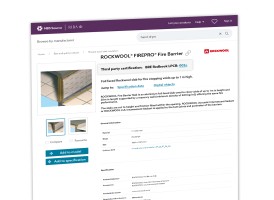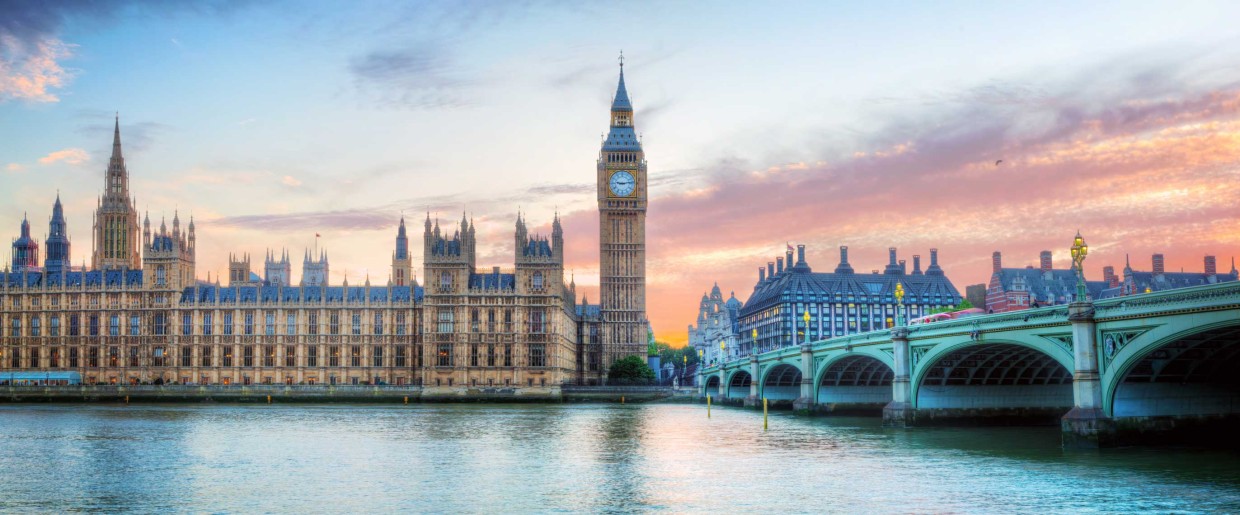
Third-party certification with NBS Source
15 May 2020
Over recent years, one of the most popular requests for improvements from construction profession...
06 April 2020 | By Lee Jones
The UK Government has published their response to the ‘Building a Safer Future’ consultation. This outlines the coming changes to the regulatory system for building safety. Lee Jones, Head of Manufacturer Solutions at NBS, provides a summary of the report below.

As we heard from Dame Judith Hackitt at the recent NBS Construction Product Leaders’ Summit. The new regulator will be the HSE (Health and Safety Executive) and is confirmed in this publication. The document is available to download here.
Firstly the changes will apply to buildings of multi-occupancy of 18m and above, or six stories, whichever is reached first. However it is noted that this reform will eventually apply to other building type’s once current investigation and data has been assessed. The power to allow the regulator to make amendments to the system will be put forward in the building safety bill this year.
For buildings in scope of the new regulations, a Duty holder regime will apply. These will be made up of; The Client, the Principal Designer, the Principal Contractor. Designers and contractors must demonstrate that the building is safe. The Government will also remove the ability of the duty-holder to choose which building control body oversees the construction or refurbishment of buildings in scope
The duty holder regime also extends into the ‘in use/occupancy’ phase, making the building holder accountable. A building manager with appropriate skills and qualification will need to be appointed and work on behalf of the duty holder. This manager must also interact with residents and act upon claims made by them, including a clear complaints procedure.
Refurbishment of existing buildings is also covered. If the scope of renovation works is covered under building regulations, submittal of proposals will need to be provided to the regulator. This may also be required if not in scope, if potential increased risk to fire safety is apparent. Submission of a safety case report to the regulator will be mandatory and will need to include: identifying the hazards; deciding who might be harmed and how; evaluating the risks associated with these hazards; deciding on the necessary control and mitigation measures; recording those findings and implementing them; and evaluating and monitoring on an ongoing basis. Reports which also apply to all stages of the building life cycle.
To ensure that regulation is adhered to, gateway points through design and construction will be applied and will need to be signed off by the regulator to allow continuation of work to proceed. This will be evidence based and duty holders will be required to be appointed for each stage. A brief explanation of each gate is below:
The Building Safety Regulator will have the ability to impose sanctions and instigate prosecution in all stages and for the in-use stage, revocation of building safety certificates and the option to impose unlimited amount fines for non-compliance to the reformed regulation.

NBS recently held a webinar covering The Golden Thread, which can be found here , the government document published this week quotes this in a very simple way however, and is as follows; “Duty-holders will be responsible for creating and maintaining the golden thread of building information related to fire and structural safety. The golden thread will be held digitally to ensure that the original design intent and any subsequent changes to the building are captured, preserved and used to support safety improvements. At the handover stage between Gateway three and occupation, key information (the golden thread) will have to be handed over from the Client to the Accountable Person - both will need to confirm that this has happened. The Accountable Person will continue to be responsible for the golden thread and ensuring the information remains accurate and up to date”.
Manufacturers will be impacted by the reform. A new construction products regulator role will be implemented to strengthen construction product regulations. This role will conduct market surveillance, provide enforcement upon manufacturers and advise both the industry and the government. A construction products standards committee will also be created to advise the government as to whether standards should become part of the regulatory system and to understand if the regulator should control standards in the UK. Standards are currently overseen by the European Commission. In-line with the Golden Thread, manufacturers will be expected to provide clear performance and certification information, this is not fully outlined in the report but forms part of the Golden Thread accountability trail.
Consideration is also being given to procurement, as this is identified as a high risk point for safety failure due to procurement of inappropriate products. This is not always the case and to allow best practice, The Crown Commercial Service, the Ministry of Housing, Communities and Local Government are currently working closely together to develop more detailed requirements.
Approved Document B will have immediate updates surrounding sprinklers and escape signage, but a full technical review of this document will begin soon to assess its effectiveness.
The reform and introduction of a new regulator can only help improve our industry and make our buildings safer. Increased accountability is apparent and building specification will be highly scrutinised by the regulator. We are no doubt, at a moment of significant change in the construction sector. To date NBS’ developments in NBS Chorus and NBS Source have been huge milestones in helping both specifiers and manufacturers alike to meet these new requirements.